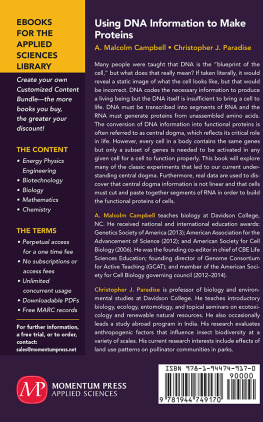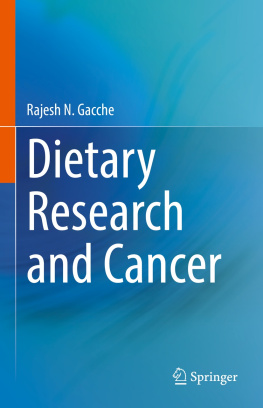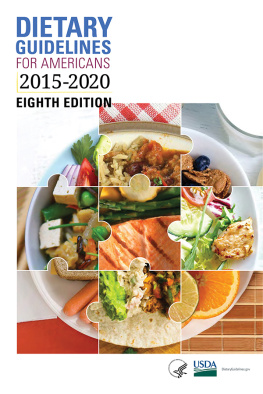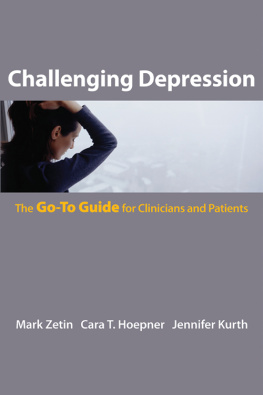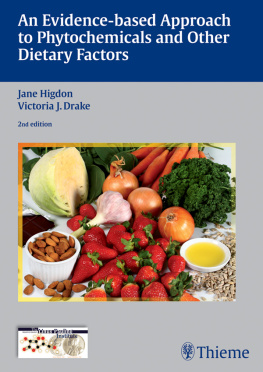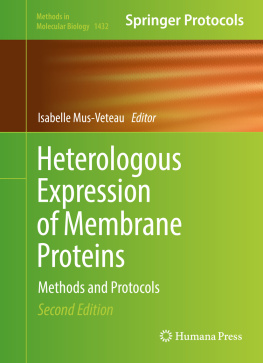Cover
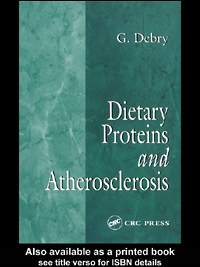
| title | : | Dietary Proteins and Atherosclerosis |
| author | : | Debry, Grard. |
| publisher | : | CRC Press |
| isbn10 | asin | : | 0849321026 |
| print isbn13 | : | 9780849321023 |
| ebook isbn13 | : | 9780203009307 |
| language | : | English |
| subject | Atherosclerosis--Etiology, Coronary heart disease--Etiology, Proteins in human nutrition, Proteins in animal nutrition, Proteins--Pathophysiology, Dietary Proteins--adverse effects, Arteriosclerosis--etiology, Athrosclrose--tiologie, Artres coronaires |
| publication date | : | 2004 |
| lcc | : | RC692.D43 2004eb |
| ddc | : | 616.1/36071 |
| subject | : | Atherosclerosis--Etiology, Coronary heart disease--Etiology, Proteins in human nutrition, Proteins in animal nutrition, Proteins--Pathophysiology, Dietary Proteins--adverse effects, Arteriosclerosis--etiology, Athrosclrose--tiologie, Artres coronaires |
Page i
Dietary Proteins and Atherosclerosis
Page ii
This page intentionally left blank.
Page iii
Dietary Proteins and Atherosclerosis
G.Debry

CRC PRESS
Boca Raton London New York Washington, D.C.
Page iv
This edition published in the Taylor & Francis e-Library, 2005.
To purchase your own copy of this or any of Taylor & Francis or Routledges collection of thousands of eBooks please go to www.eBookstore.tandf.co.uk.
Library of Congress Cataloging-in-Publication Data
Debry, Grard.
Dietary proteins and atherosclerosis/G.Debry.
p. ; cm.
Includes bibliographical references and index.
ISBN 0-8493-2102-6
1. AtherosclerosisEtiology. 2. Coronary heart diseaseEtiology. 3. Proteins in human
nutrition. 4. Proteins in animal nutrition. 5. ProteinsPathophysiology. I. Title.
[DNLM: 1. Dietary Proteinsadverse effects. 2. Arteriosclerosisetiology. QU 55
D288d 2003]
RC692.D43 2003
616.1'36071dc22
2003055434
This book contains information obtained from authentic and highly regarded sources. Reprinted material
is quoted with permission, and sources are indicated. A wide variety of references are listed. Reasonable
efforts have been made to publish reliable data and information, but the author and the publisher cannot
assume responsibility for the validity of all materials or for the consequences of their use.
Neither this book nor any part may be reproduced or transmitted in any form or by any means, electronic
or mechanical, including photocopying, microfilming, and recording, or by any information storage or
retrieval system, without prior permission in writing from the publisher.
The consent of CRC Press LLC does not extend to copying for general distribution, for promotion, for
creating new works, or for resale. Specific permission must be obtained in writing from CRC Press LLC
for such copying.
Direct all inquiries to CRC Press LLC, 2000 N.W. Corporate Blvd., Boca Raton, Florida 33431.
Trademark Notice: Product or corporate names may be trademarks or registered trademarks, and are
used only for identification and explanation, without intent to infringe.
Visit the CRC Press Web site atwww.crcpress.com
2004 by CRC Press LLC
No claim to original U.S. Government works
ISBN 0-203-00930-4 Master e-book ISBN
International Standard Book Number 0-8493-2102-6 (Print Edition)
Library of Congress Card Number 2003055434
Page v
To Annick
Page vi
This page intentionally left blank.
Page vii
Acknowledgment
I wish to extend very sincere thanks to Moyra Barbier for her help in reviewing the translation of this work.
Page viii
This page intentionally left blank.
Page ix
Foreword
To most scientists and to all of the general public, heart disease begins and ends with fat and cholesterol. Only those scientists who have done research in the field know that the earliest purely nutritional studies of experimental atherosclerosis were predicated on finding an atherogenic principle in animal protein. The early experiments did point to a connection between food of animal origin and atherosclerosis, but the observation that dietary cholesterol induced arterial lesions overwhelmed the earlier studies. It was assumed that the cholesterol content of the animal protein was responsible for the observed effects.
The obsession with dietary cholesterol exists to this day and the role(s) of animal and vegetable proteins have been investigated for brief periods and are rarely cited. There was a period of interest in the 1920s when Newburgh and Clarkson demonstrated the atherogenicity of animal protein even in the absence of cholesterol. The first comparison of the effects of animal and vegetable proteins was carried out by Meeker and Kesten in 1940, but this observation was not exploited for another two decades. There has been a steady output of papers in this field since the early 1970s but it has remained a trickle in comparison to the cholesterol and fat literature. This situation may change, now that we recognize risk factors such as homocysteine, C-reactive protein and the role of infection, and we realize that the disease goes beyond dietary fat.
In this book, Professor Debry has succinctly summarized and discussed the role that dietary protein may play in the etiology of atherosclerosis and atherosclerotic heart disease. The book is encyclopedic in scope and, remarkably for its size, summarizes virtually all aspects of the protein-atherosclerosis connection.
Data are presented on every animal species available for experimental work. The effects of proteins from different sources and of proteins within each source category are discussed, as are the additional effects of other dietary components (fat, fiber, minerals).
The possibility that levels or ratios of specific amino acids may exert special influences is addressed as well. The possible mechanisms of protein effects (which have still not been clarified) are also summarized. The effects of the nonprotein components of plant protein are also mentioned. Finally, there is a discussion of dietary protein effects in humans. Two of the conditions that play a role in atherosclerosishypertension and thrombosiscan also be affected by dietary protein and these, too, are discussed.
In the 1950s when the relationship between dietary fat and atherosclerosis was becoming established epidemiologically, Yerushalmy and Hilleboe used the same epidemiologic data to show that there was a protein effect that was as strong as that of fat. This book provides data that support and expand their observation.
Page x
Professor Debry has provided an invaluable source of data concerning dietary protein and atherosclerosis. It is not meant to displace the interest in fat and cholesterol in this disease, but rather to offer another area of interest and investigation that has been generally neglected. This book should become part of the library of every person working in atherosclerosis research or in public health. It will expand the horizons of research workers in the fields of biology and medicine related to atherosclerosis and heart disease. Combining the many new research tools now available with the long-neglected data presented in this volume should yield greater comprehension of the etiology of atherosclerosis and may lead to an earlier solution of this major health problem.
Next page

